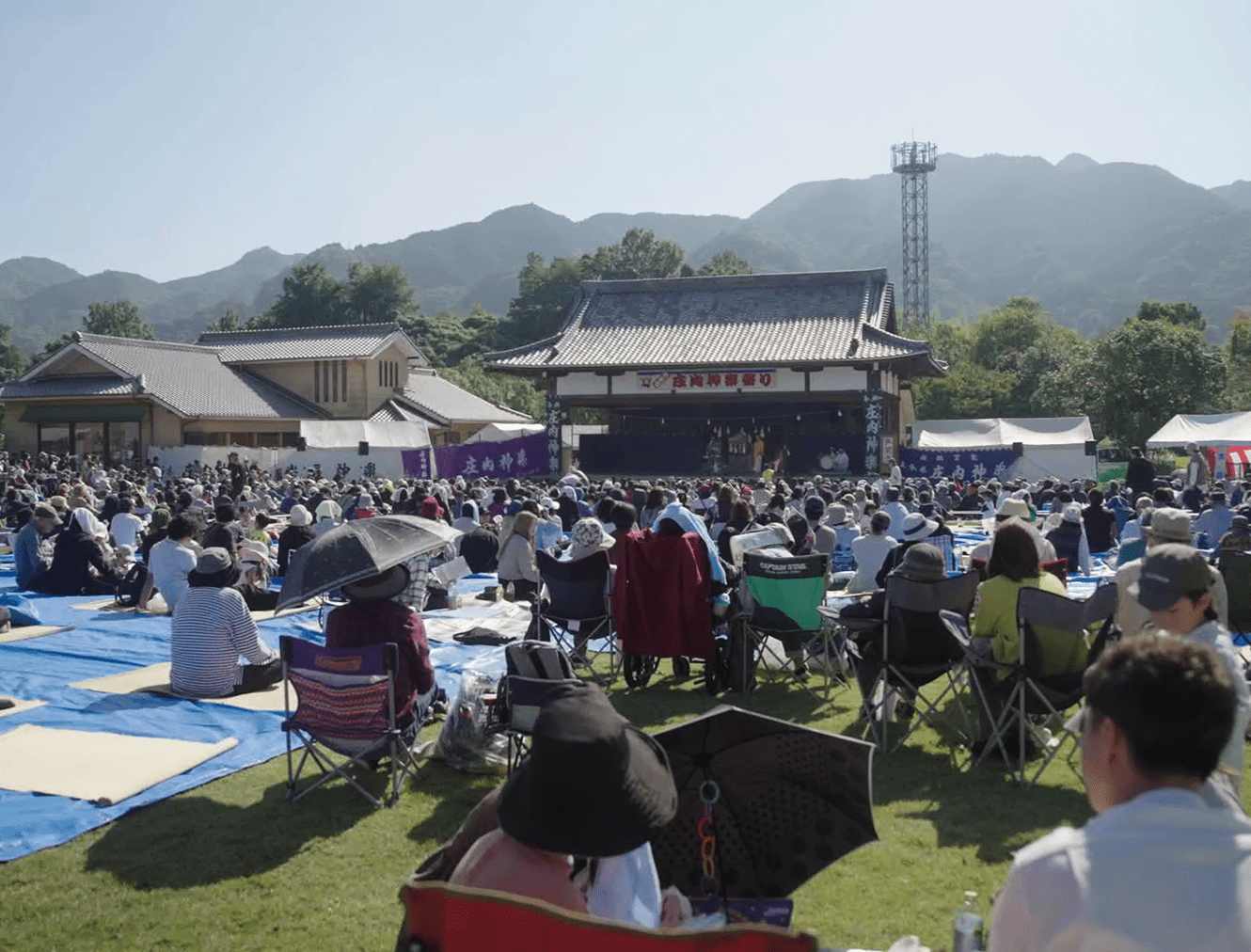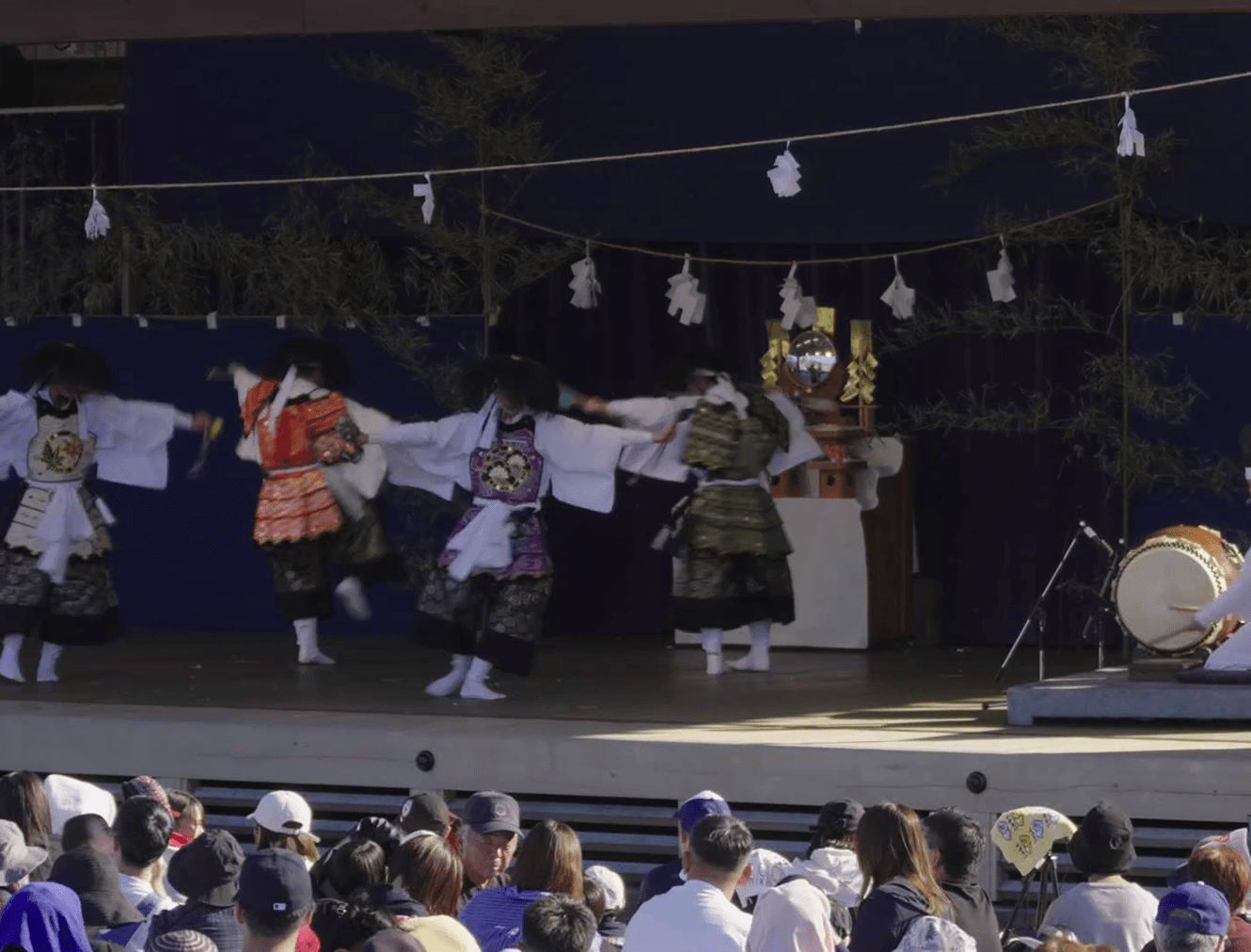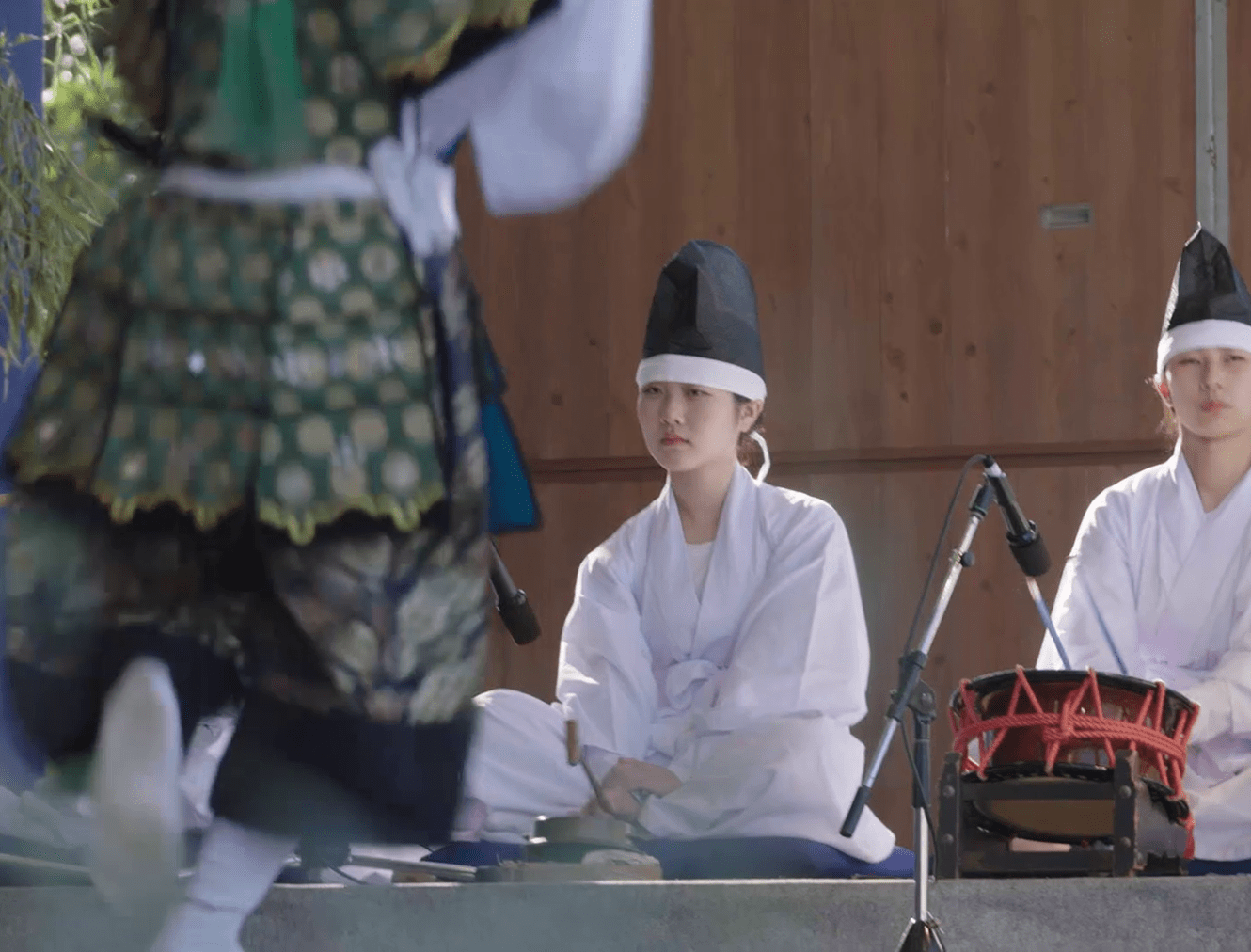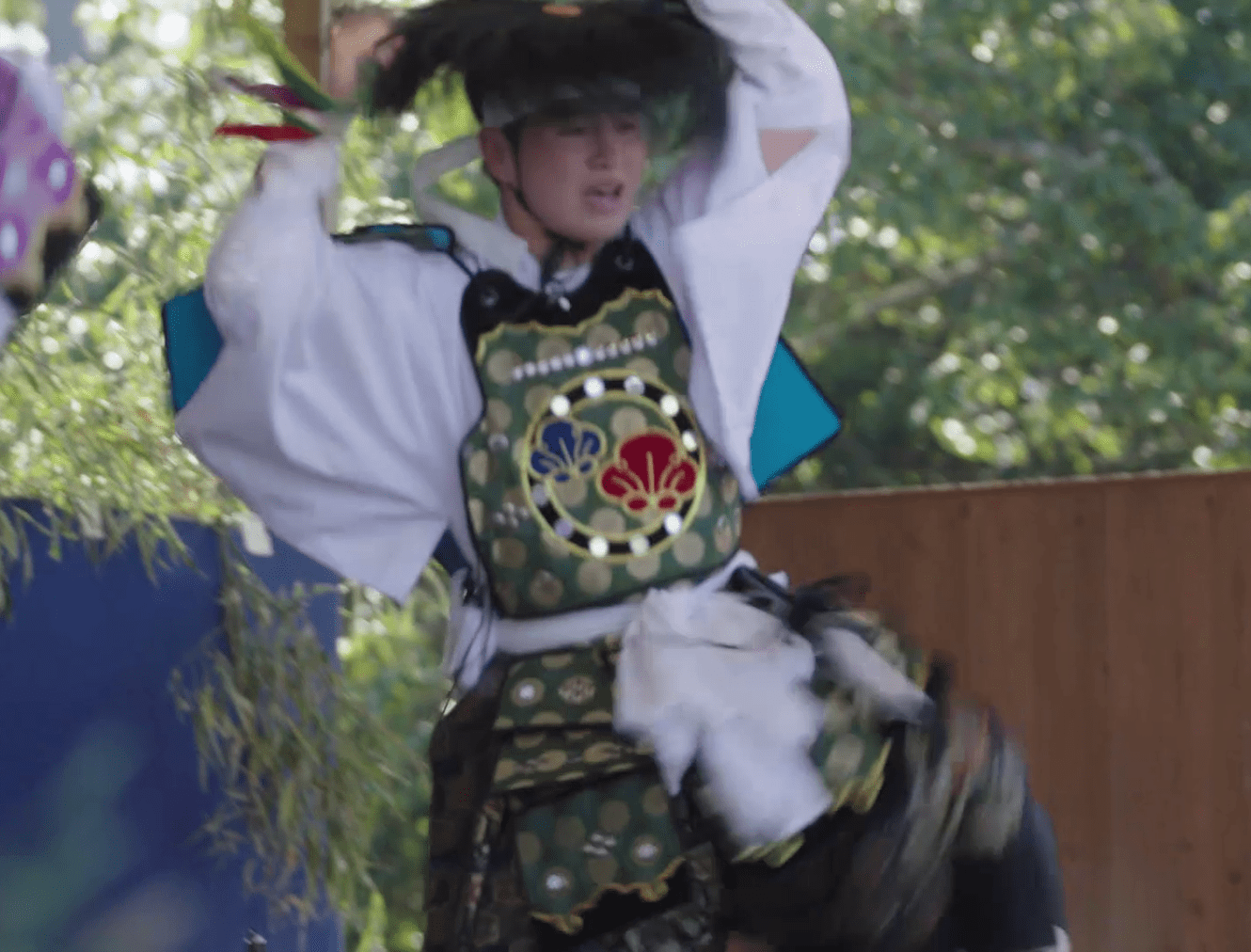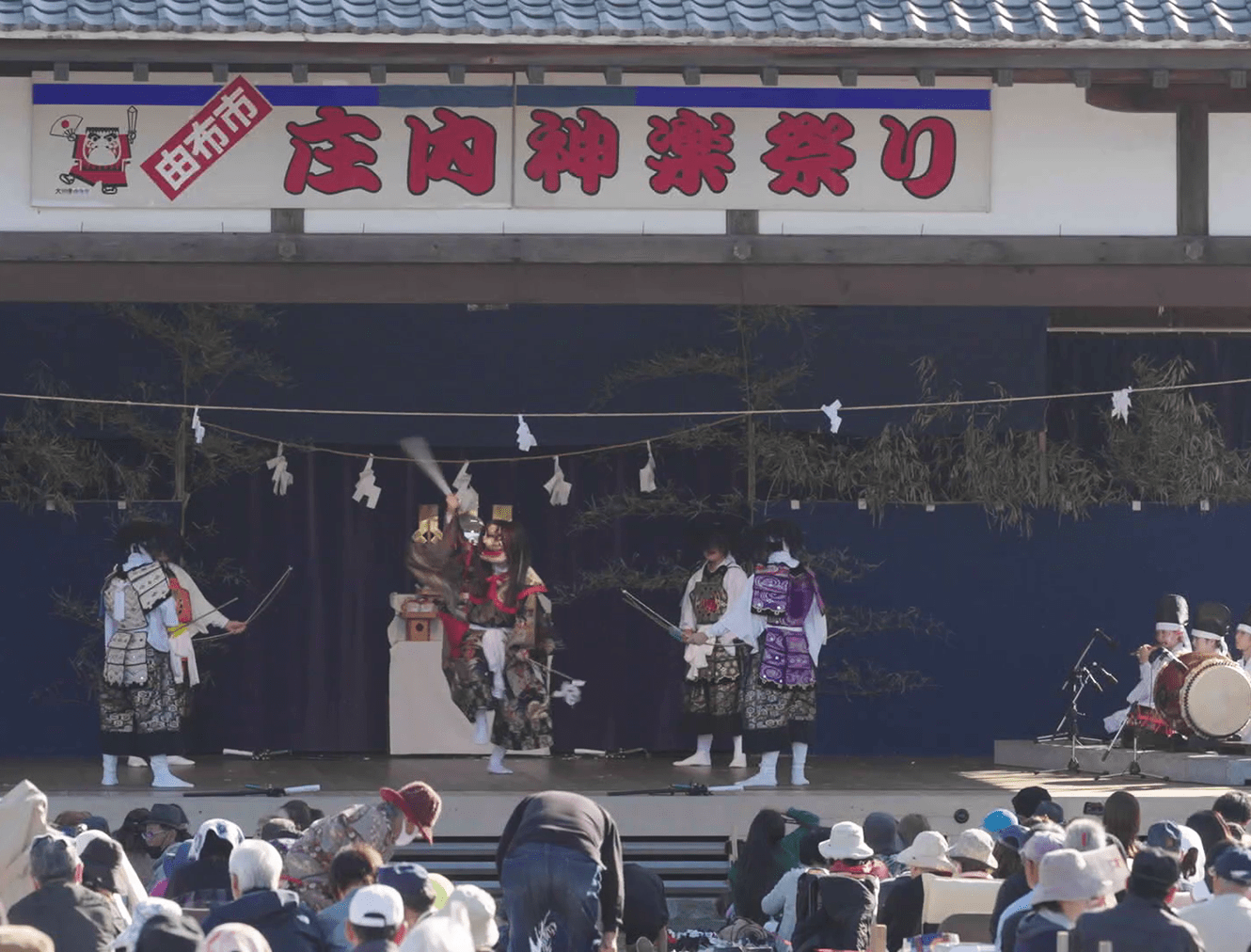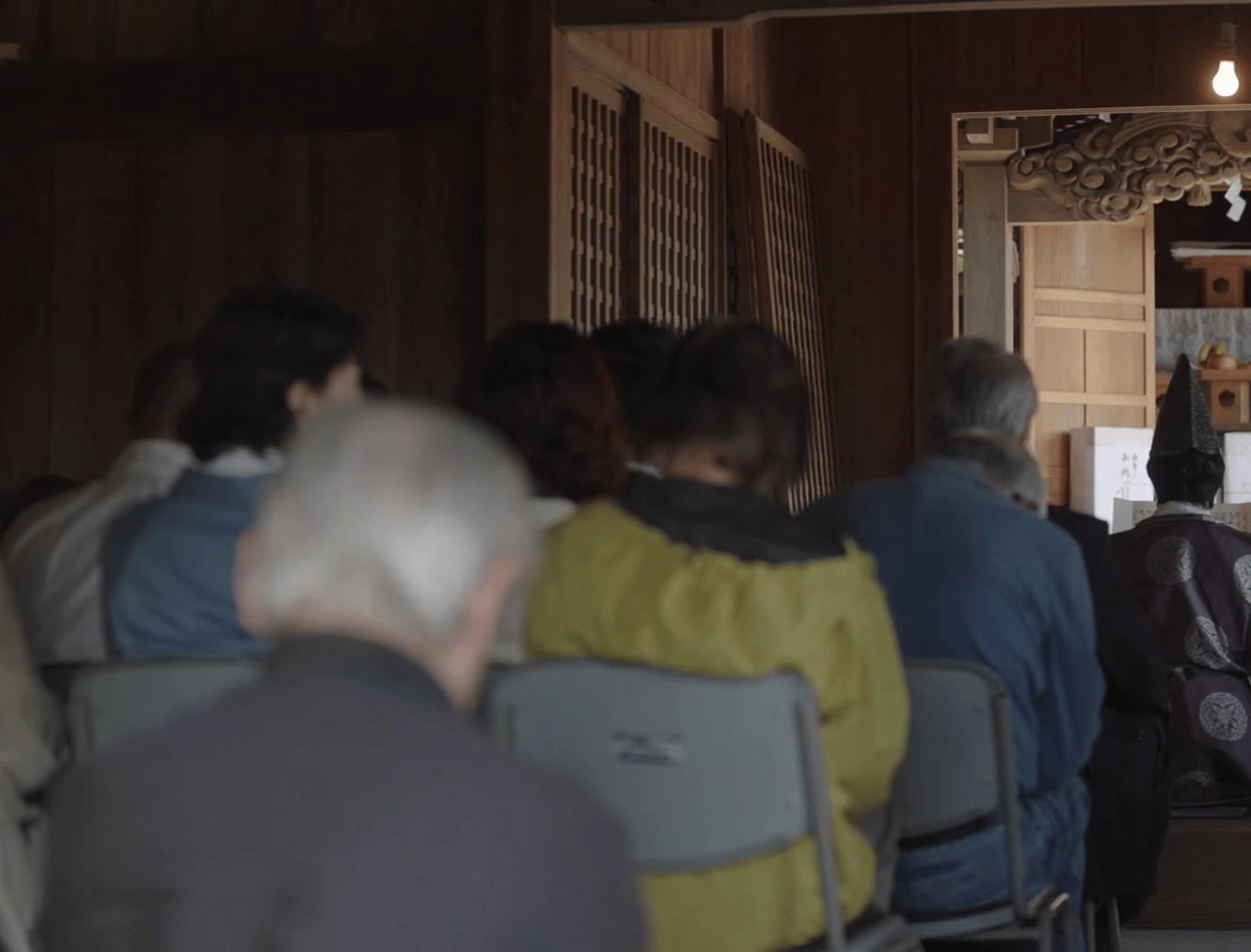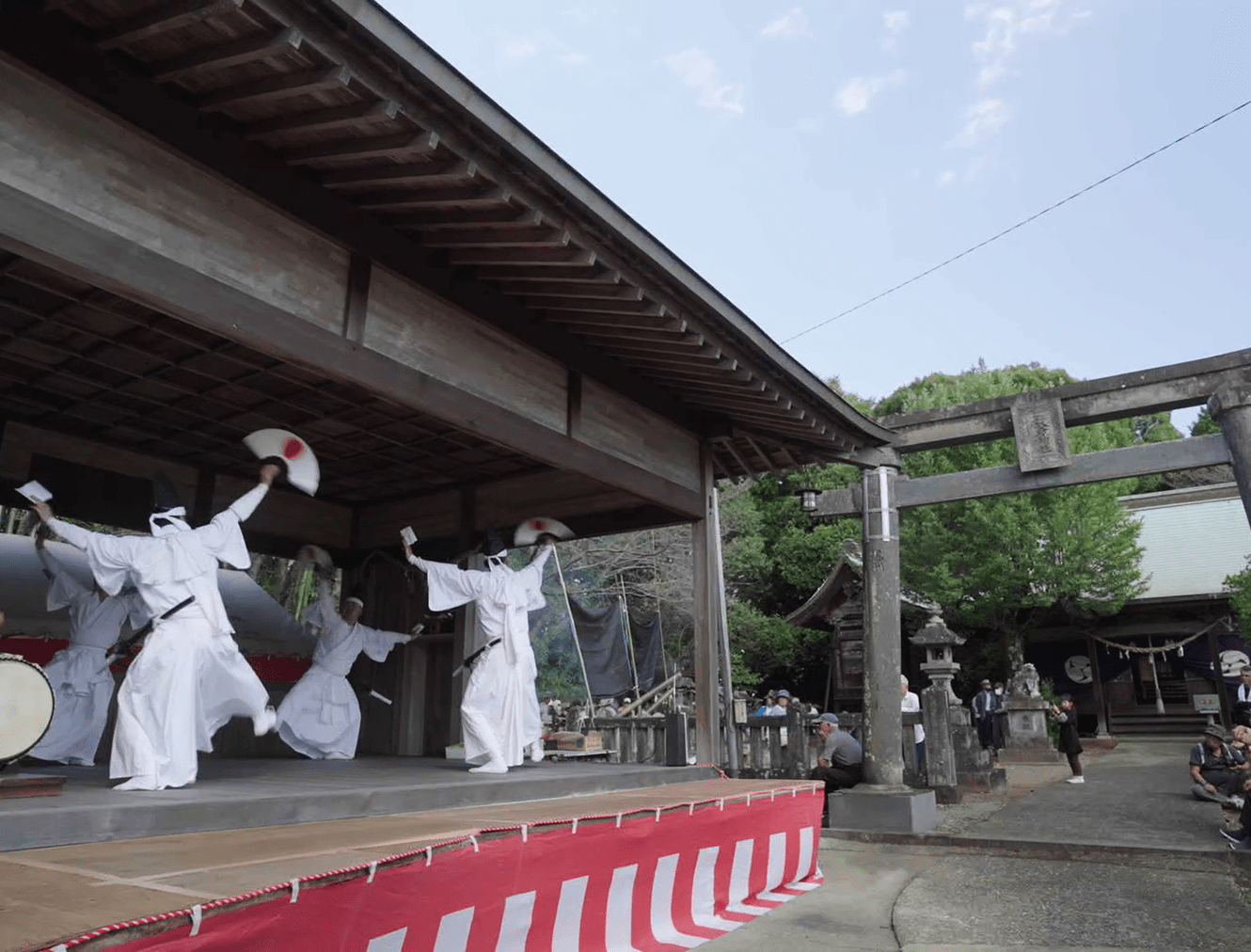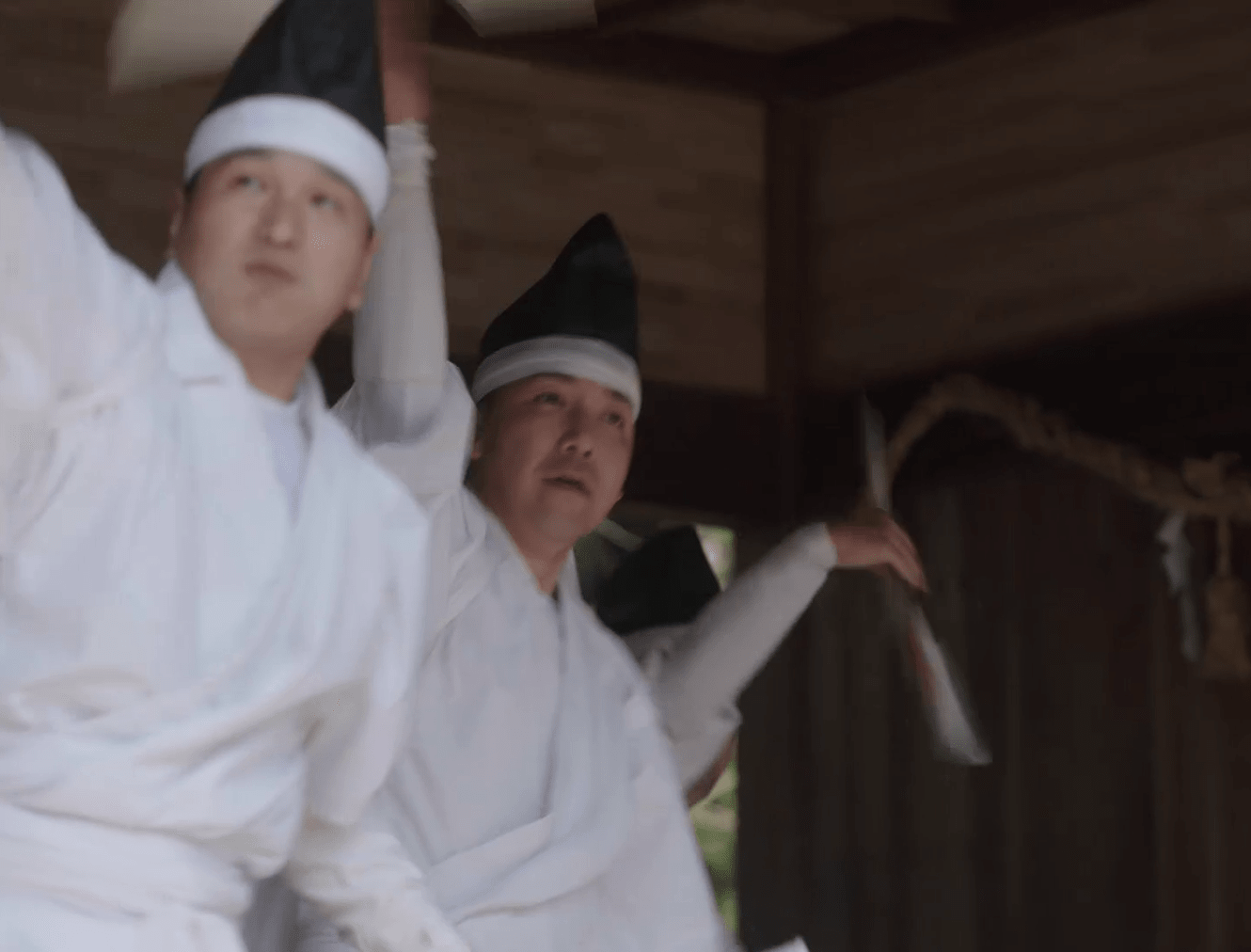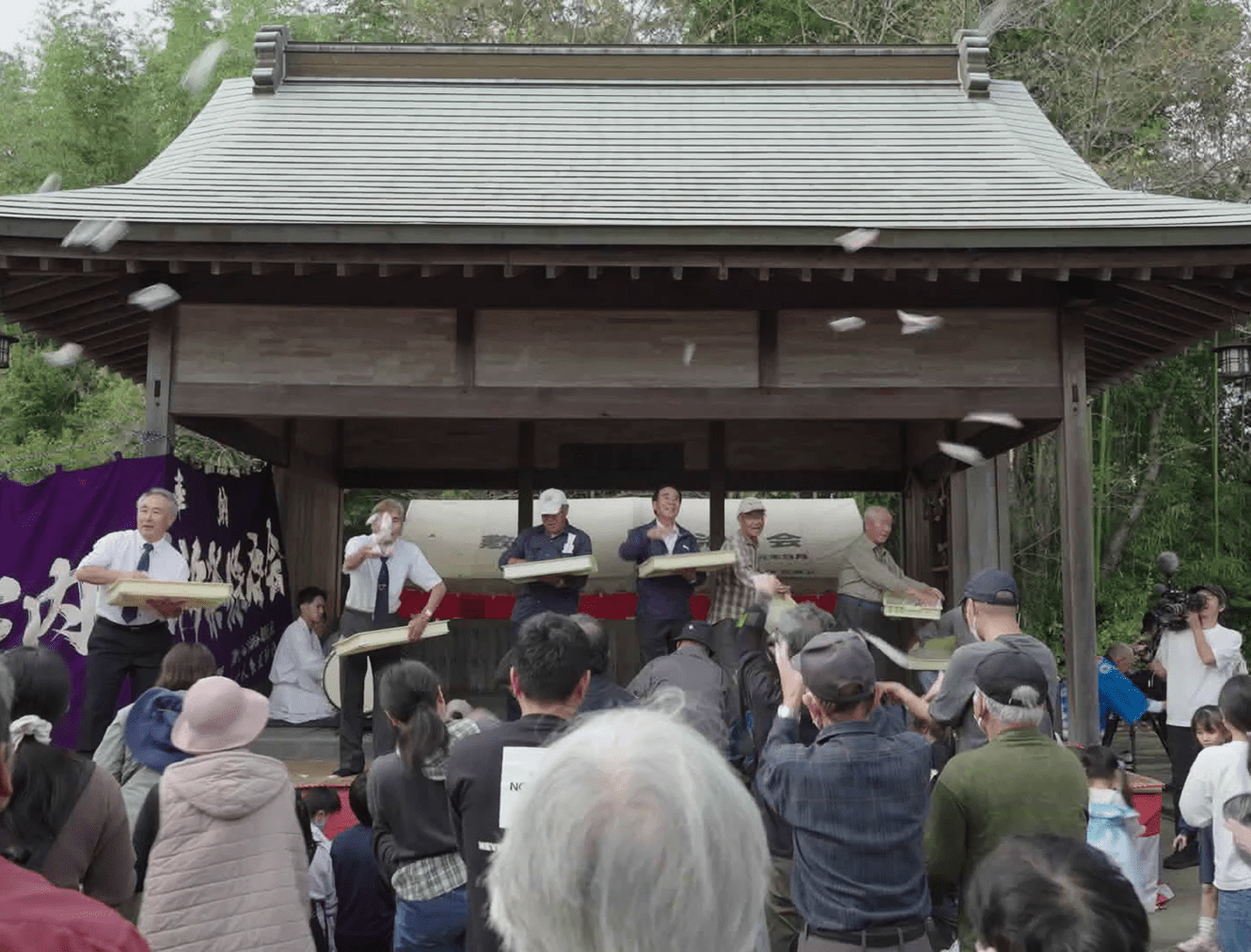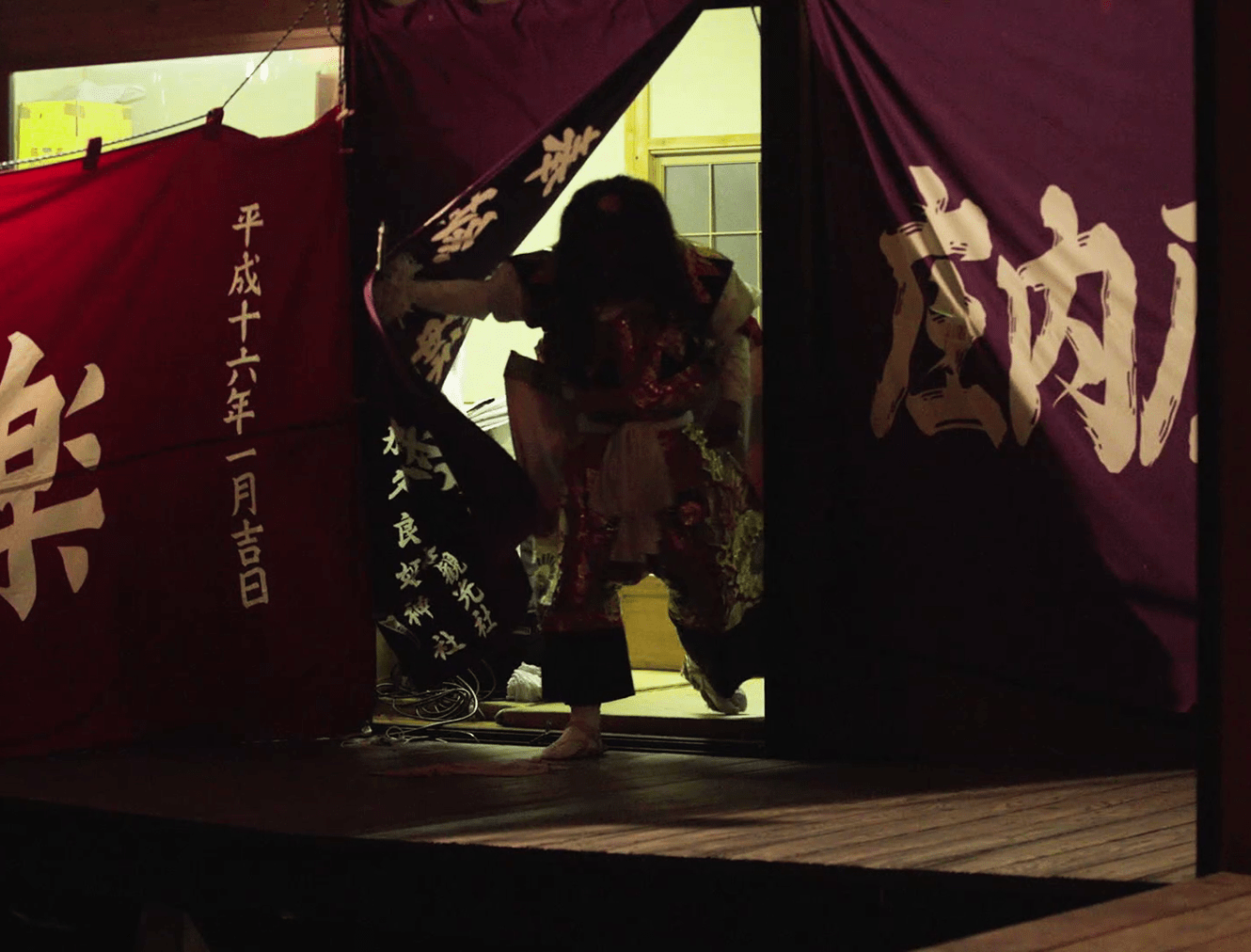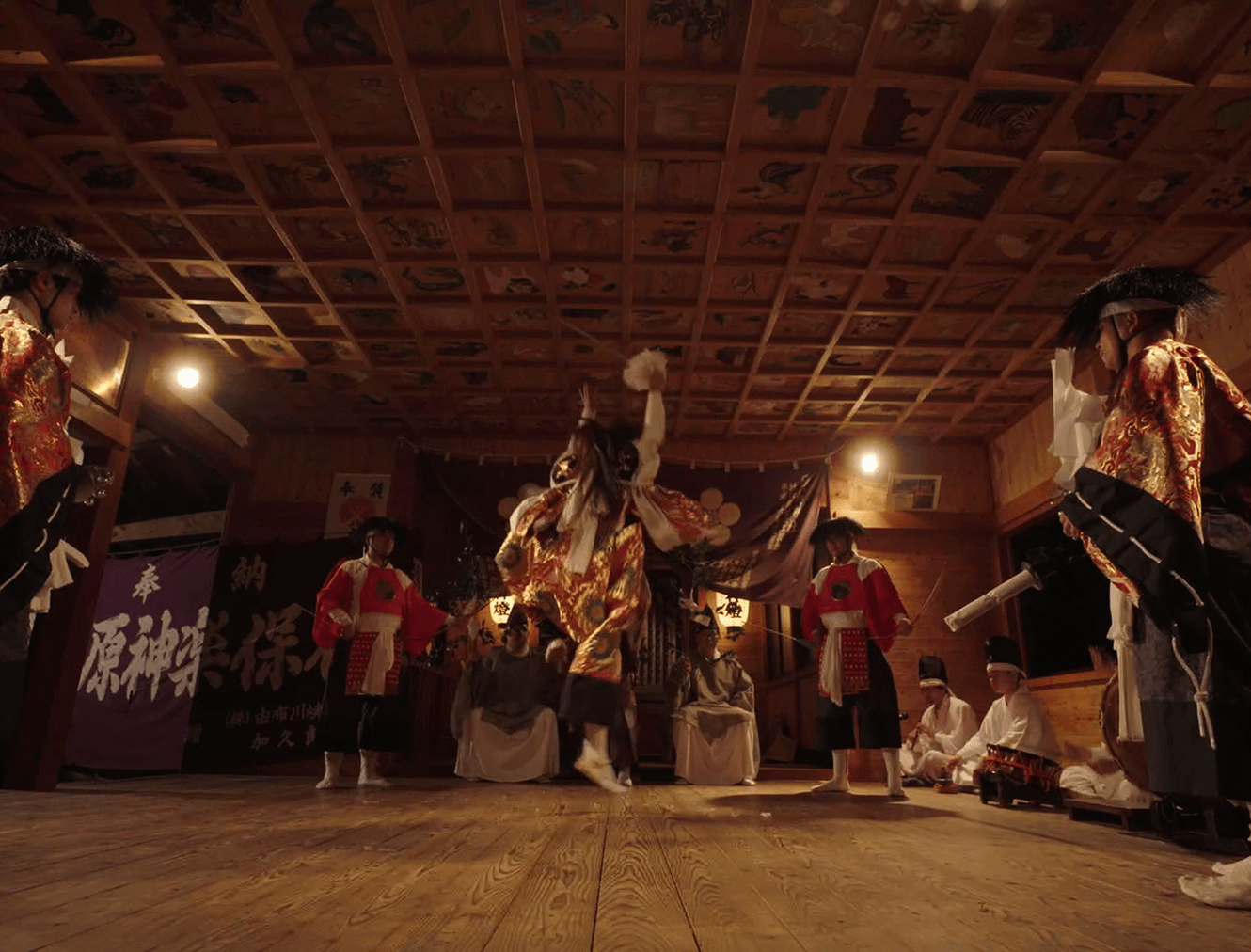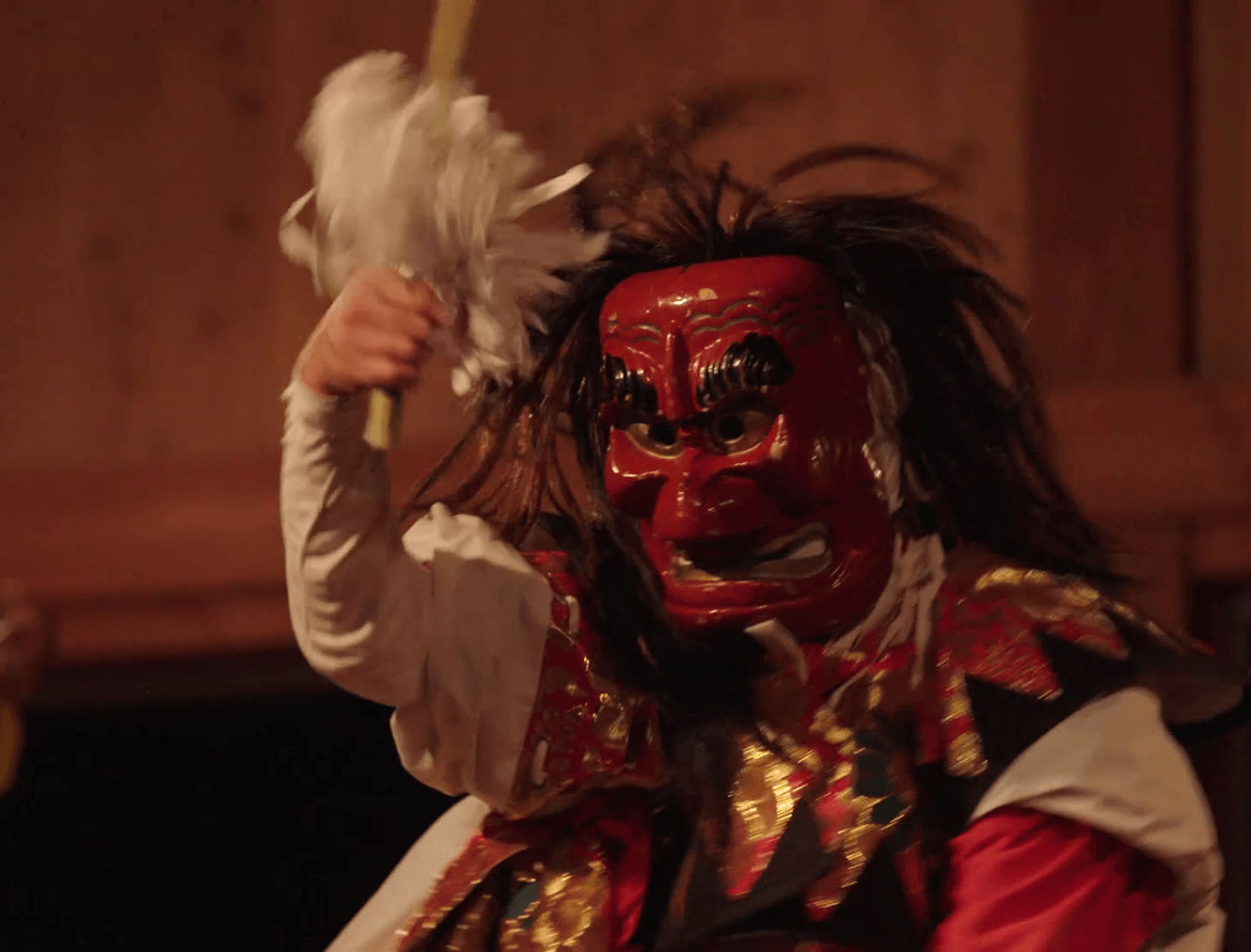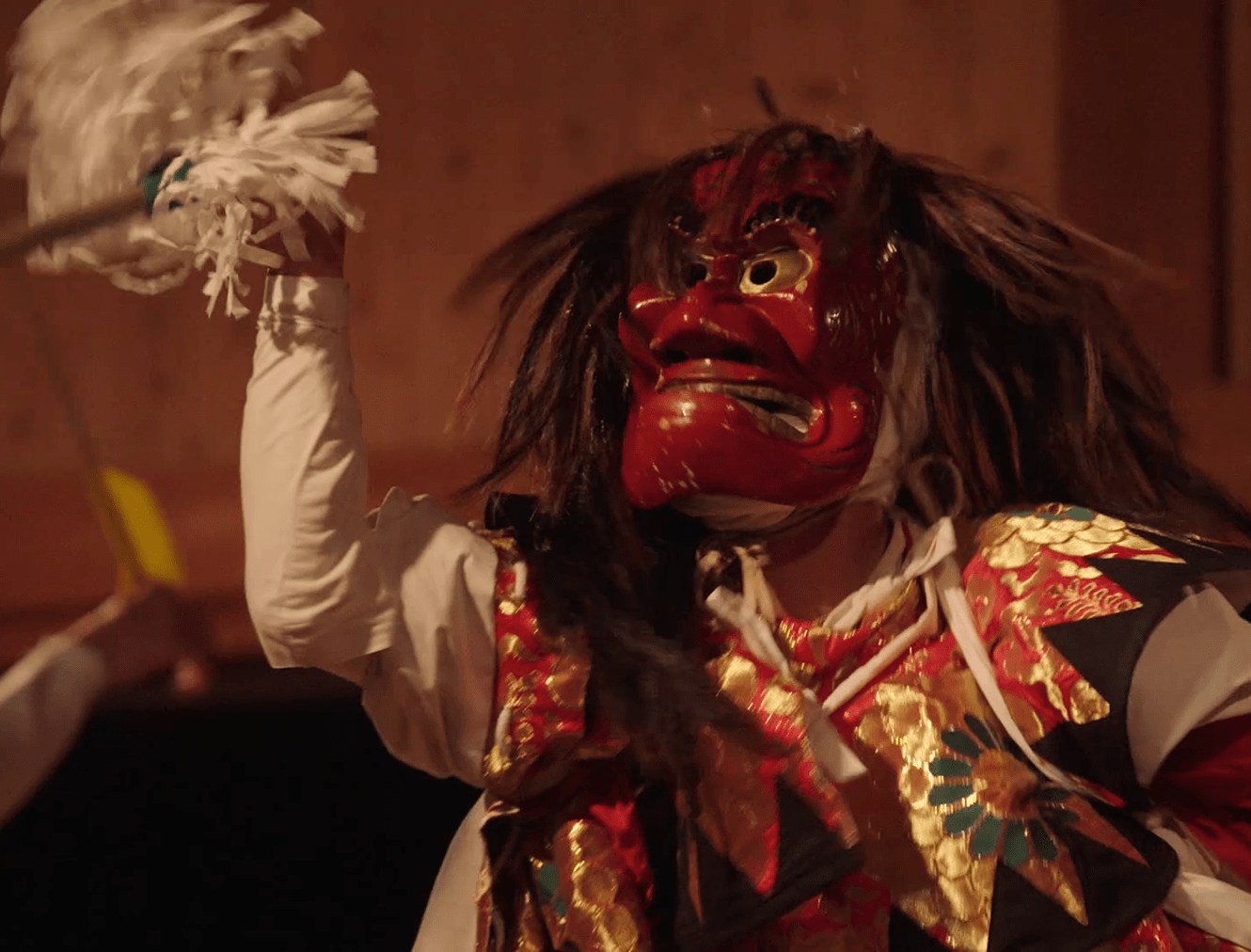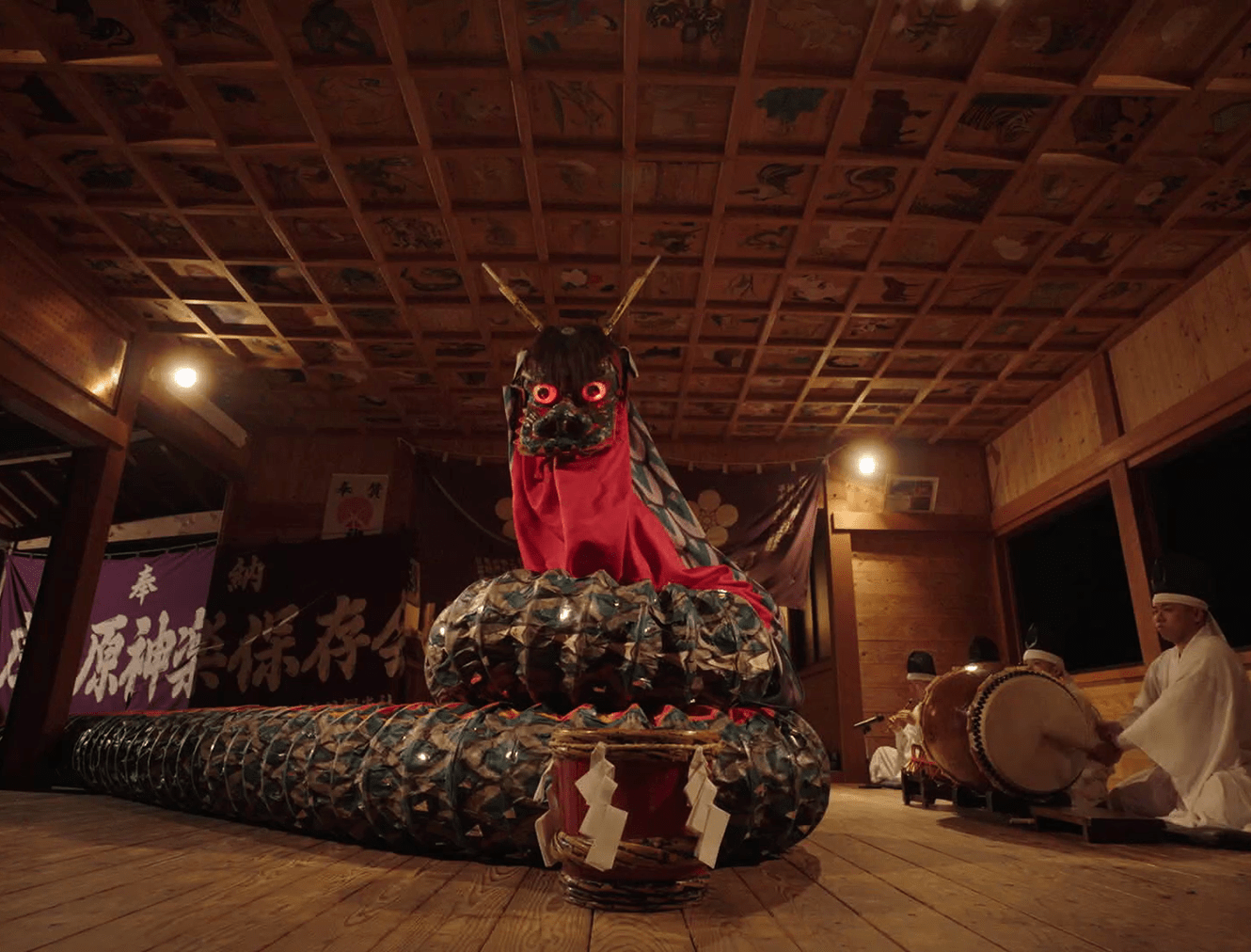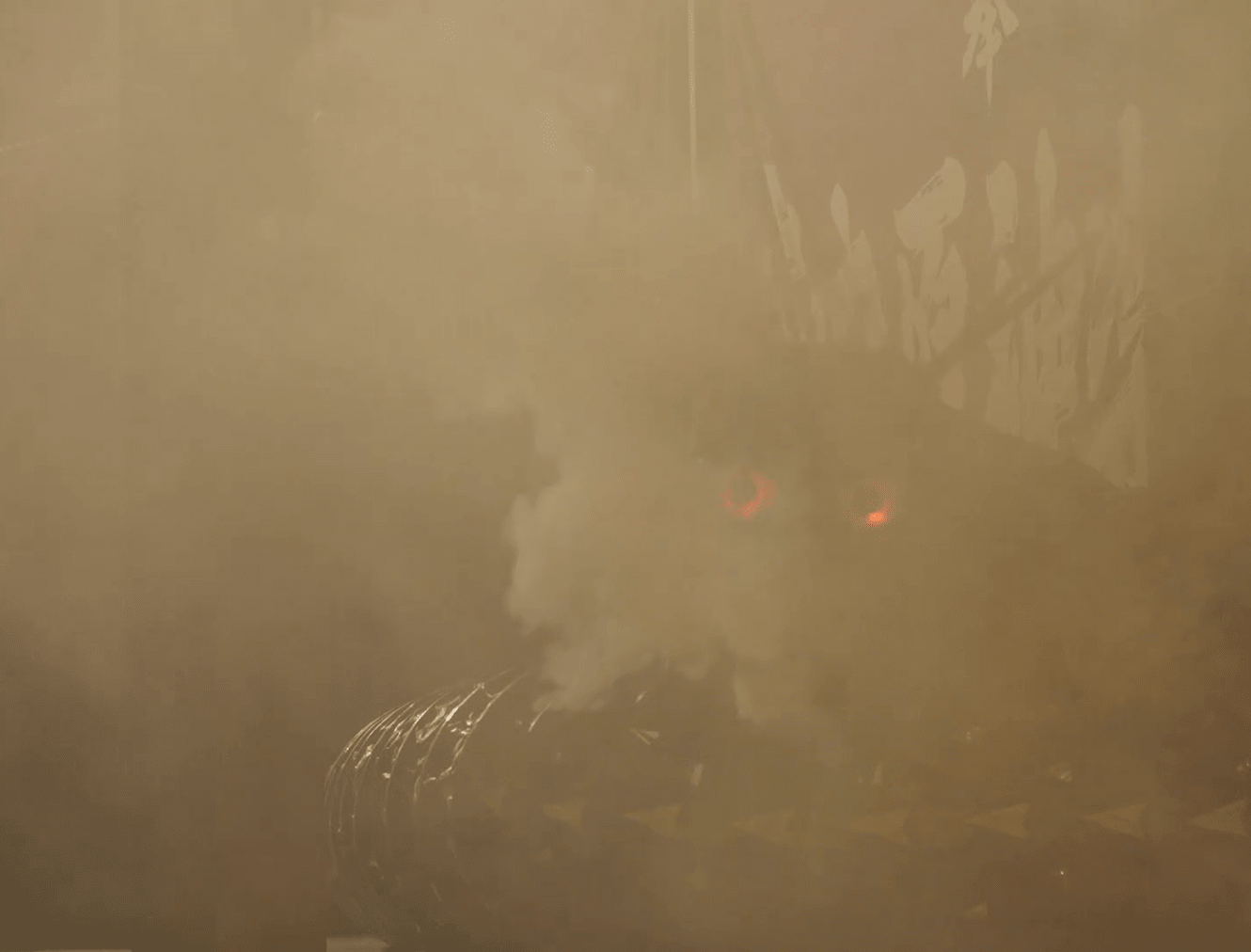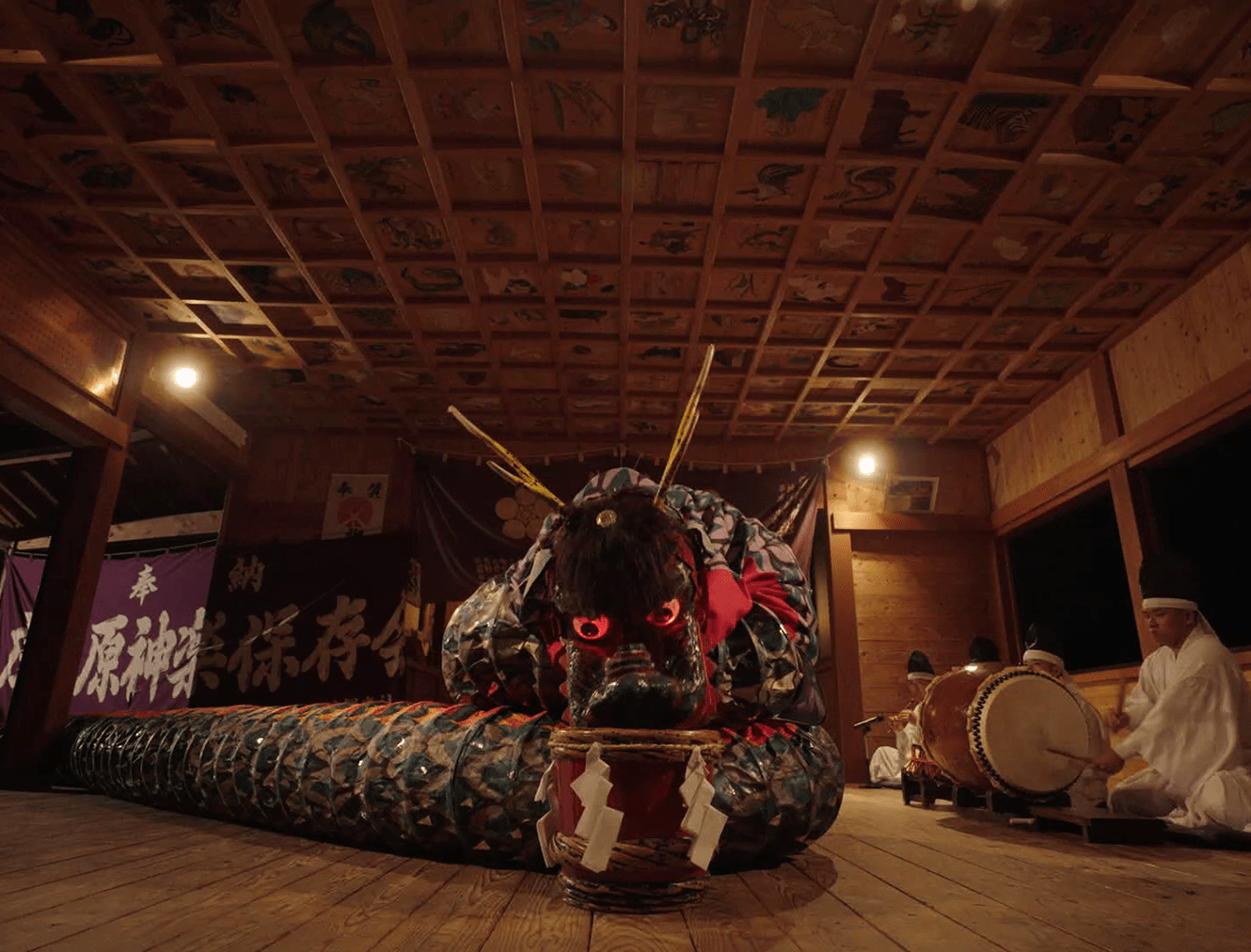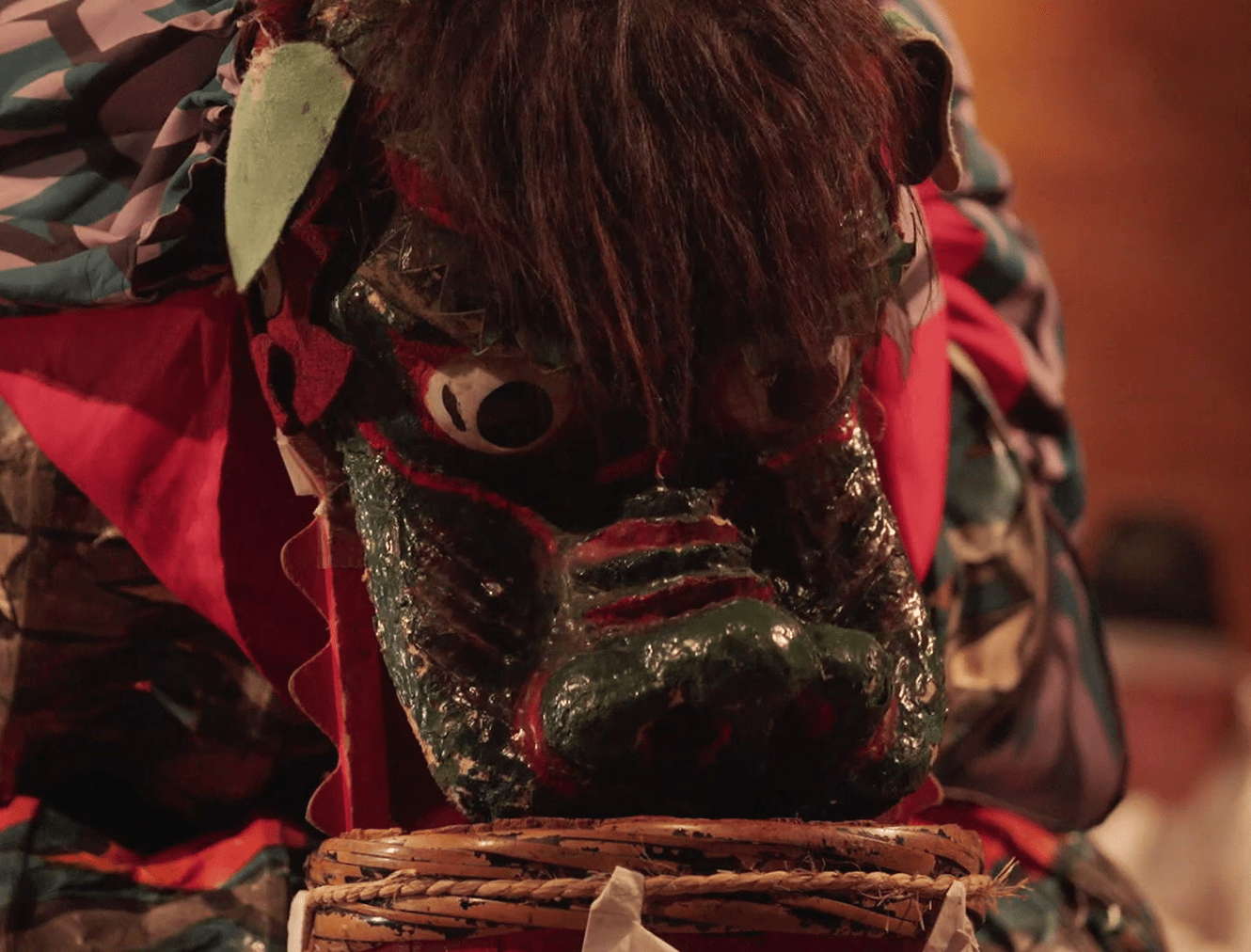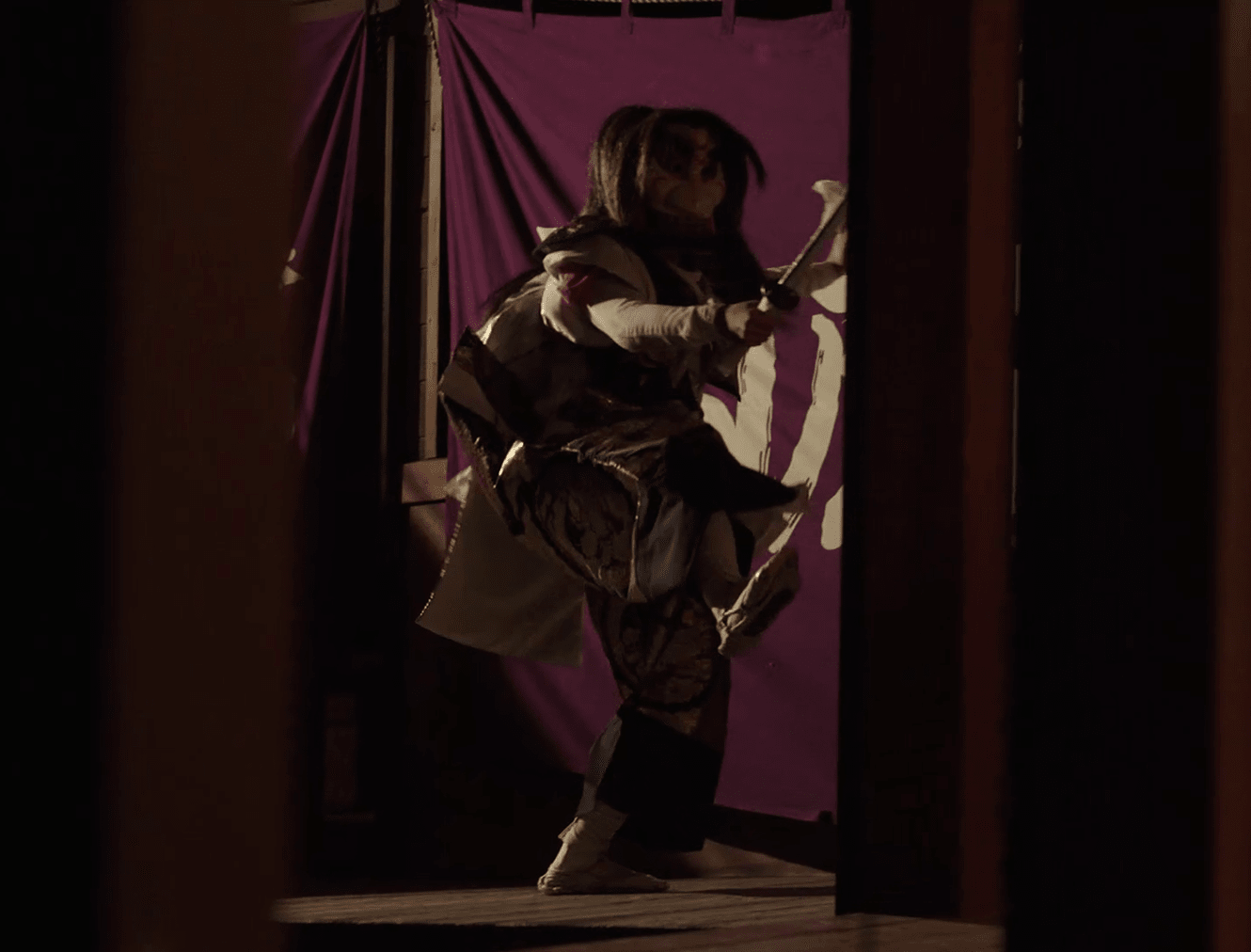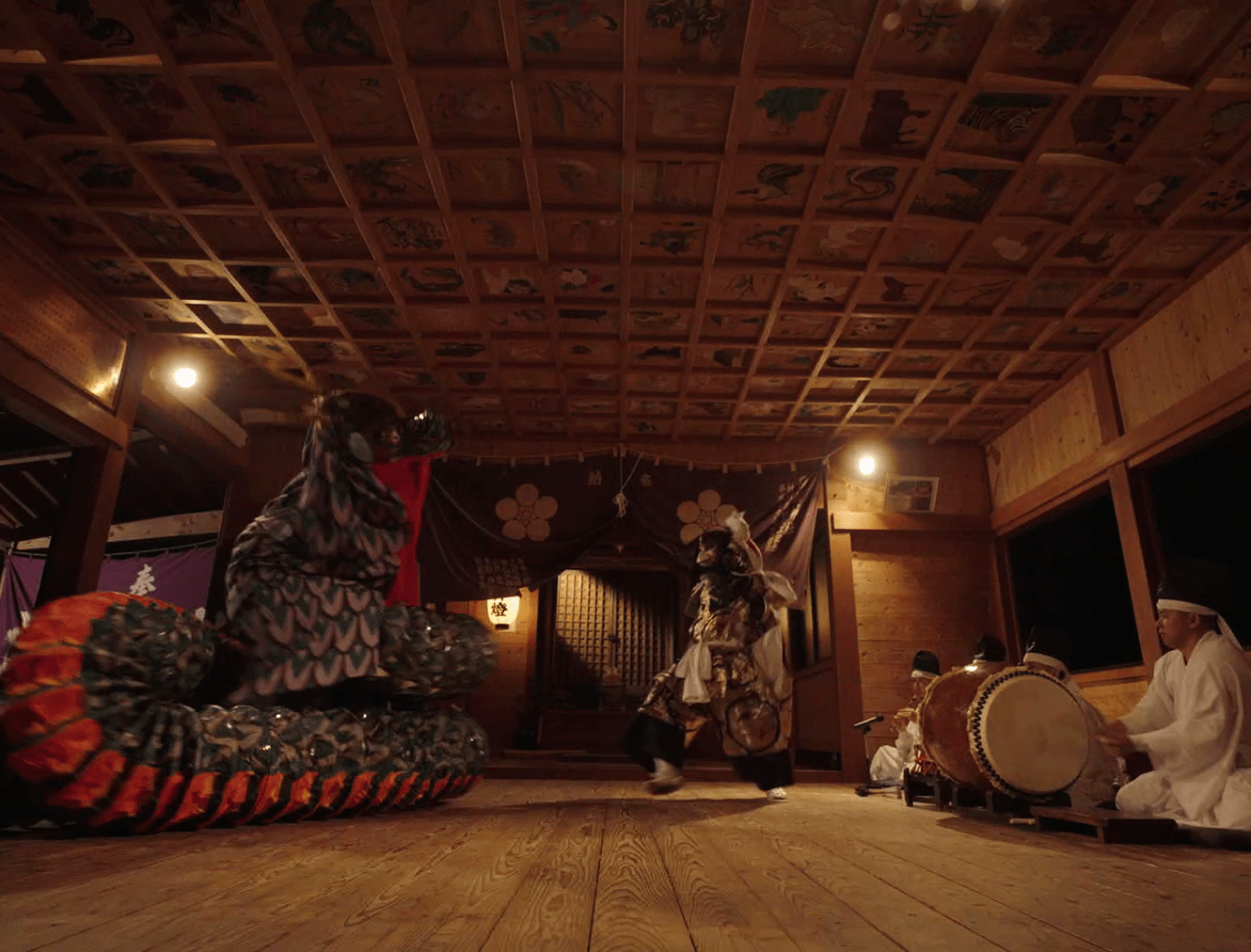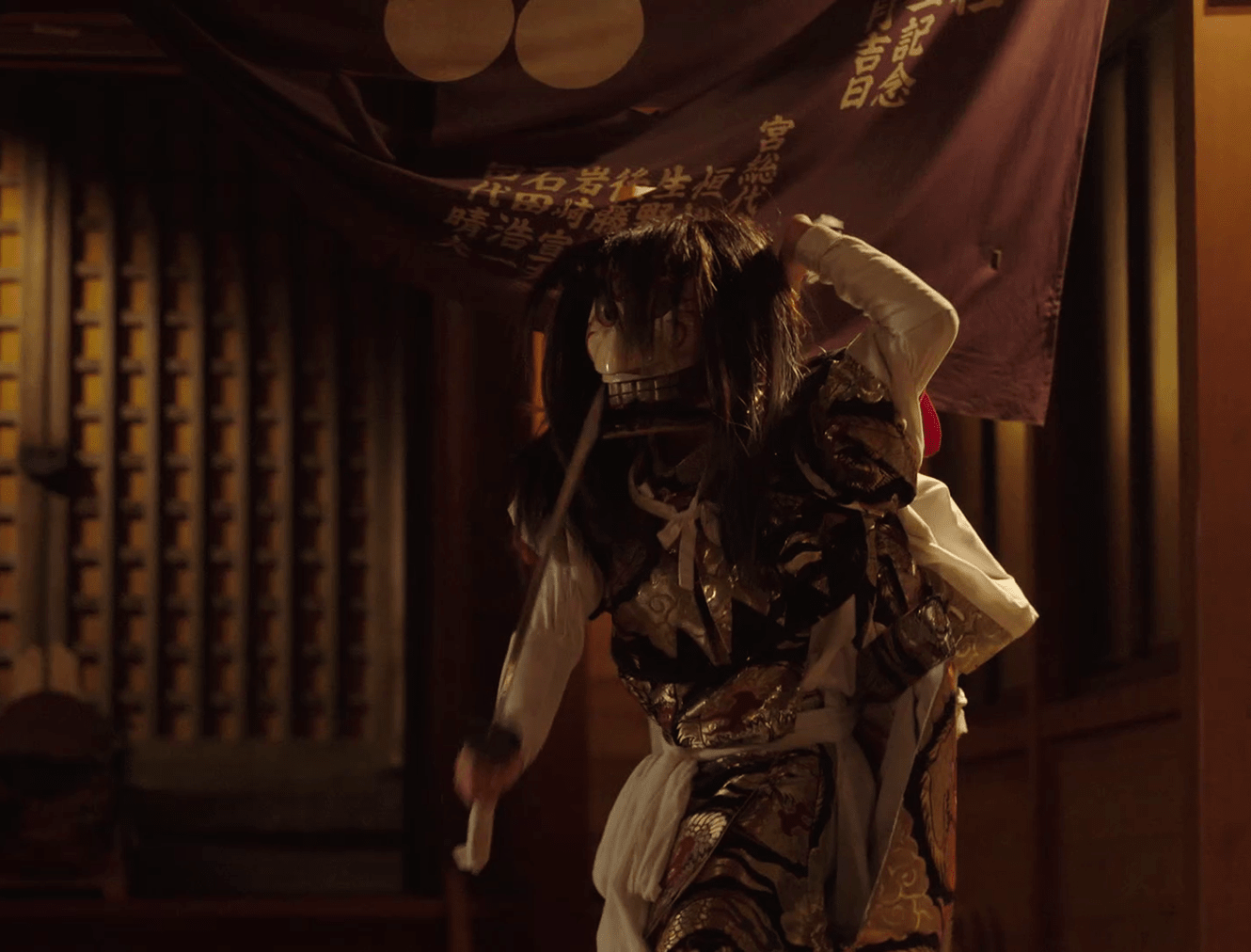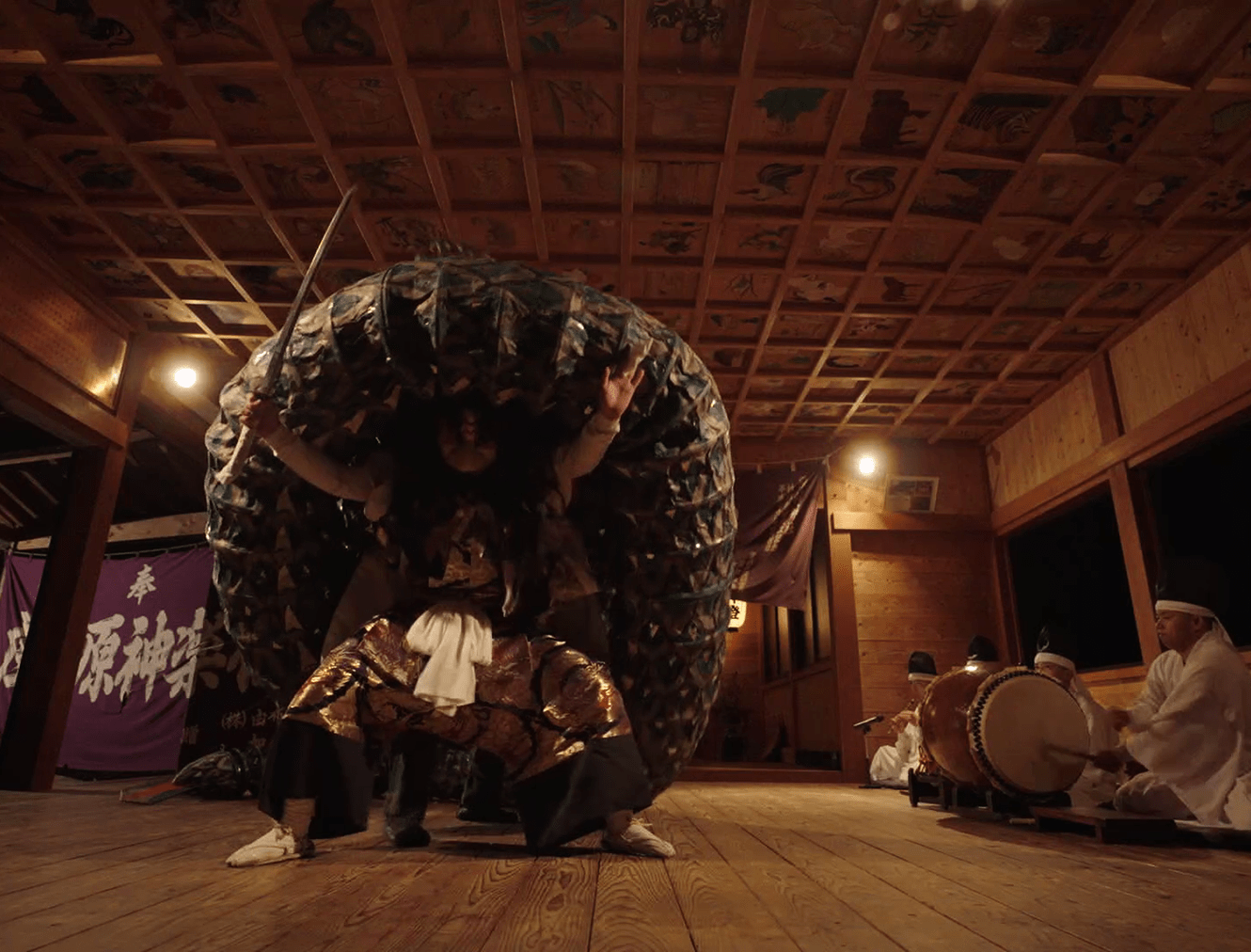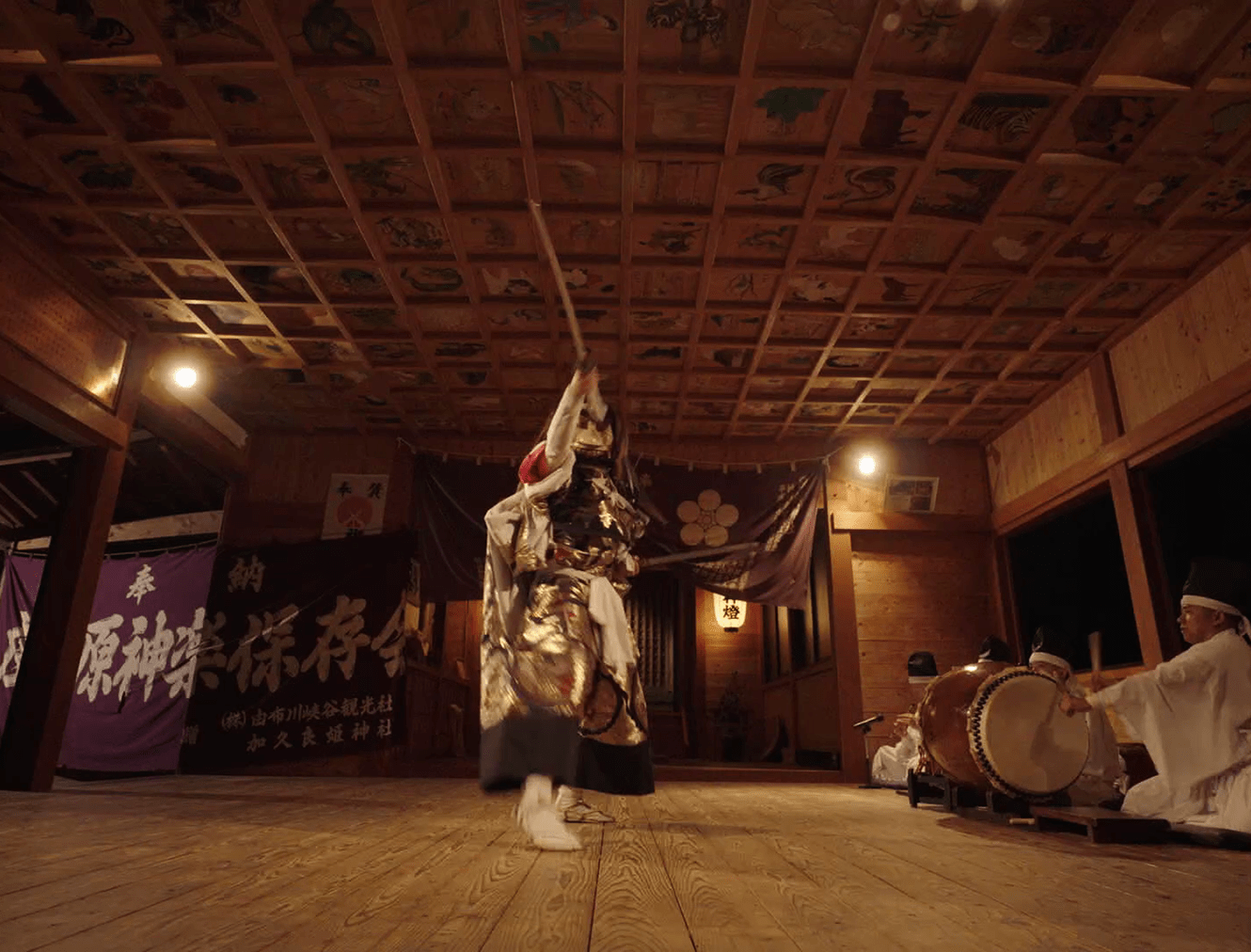World
Festivals
Shonai Kagura
The Twelve Kagura of Shonai Town is a dynamic and fast-paced performance that captivates audiences of all ages with its bold and energetic movements.
Yufu City, Oita Prefecture, Japan
Twelve Kagura troupes actively perform within the city, bringing to life the world of mythology and prayers to the deities of heaven and earth through rhythmic festival music and dynamic, powerful dances
Shonai Kagura, a traditional dance passed down in Yufu City’s Shonai Village, has records dating back to 1778, when it was performed as an offering to the gods during the late Edo period. Today, it is actively preserved by twelve Kagura troupes, with strong community involvement, including children’s Kagura performances and high school clubs dedicated to the tradition.
Shonai Kagura has two distinct schools, both share a fast tempo, rhythmic taiko (drums) and flutes, and powerful, intense movements. The bold energy and dynamic execution of these performances continue to captivate audiences.
The recorded footage, produced with the cooperation of the Shonaibaru Kagura Preservation Society, showcases two iconic performances: "The Defeat of the Serpent" and "Dividing the Sun."
"The Defeat of the Serpent" is based on Japanese mythology, this piece reenacts Susanoo-no-Mikoto’s legendary battle against the giant serpent Yamata-no-Orochi. A single dancer masterfully manipulates a large serpent puppet, depicting its movements as it drinks sake, falls asleep in a drunken stupor, and thrashes about in an intense battle against Susanoo. The performance is highly dynamic, with the action filling the entire stage.
"Dividing the Sun" is inspired by the ancient Chinese text, the "Book of Changes." The story follows five deities attempting to equally divide the four seasons into five parts, presenting a unique style of Kagura dance that is distinct to Shonai Kagura.
Shonai Kagura’s high-energy movements and fast-paced rhythms continue to embody the spirit of devotion and artistic excellence, ensuring its preservation for future generations.

